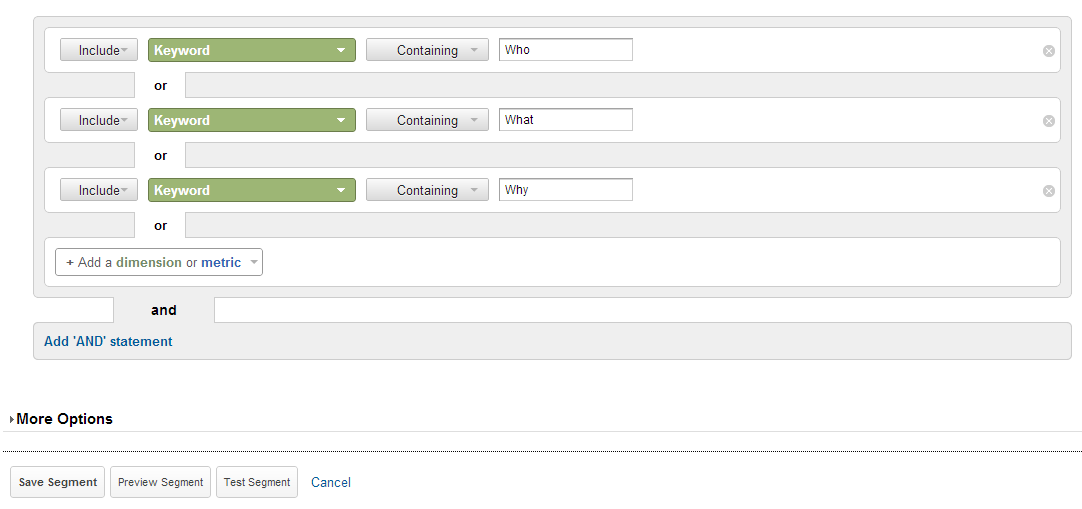Android: First Steps
Android Development is gonna be pretty prominant in my life for the next while so expect a lot of Android posts.
I have only recently been introduced to Android (Previously on a Nokia N8 with Symbian) with my Samsung Galaxy Tab 10.1 and I love it. Not just the tablet but the whole enviroment it runs. Right away I rooted it, overclocked it and even had Ubuntu Desktop running on it with USB keyboard and mouse.
When it comes to development on Android I have just taken my first steps. I’ve read a few books on Java and the Android SDK and can now make functional UIs and program them accordingly to perform some pretty fancy tricks. I’m yet to tie all of what I have learned (and still learning!) into a super-mega app: but I’m getting there.
Currently I am working on a timer app. One that calculates variations on a 2 minute benchmark and provides audio cues to inform the user accordingly. I have plans to update the app with a calender to output data on the days the app has been used. Also achievements are to be awarded upon reaching certain milestones which are to be implimented in a further update.
Tonight I’m working on getting the UI set-up in a tab style layout for the timer application. The Android UI can be set-up in one of 2 ways: in the Java code and in a referenced XML file. I prefer to use the XML format for set-up and then if need be modify them at run-runtime from the Java. I could do both from the Java but by using an XML layout it allows me to keep my layout – mostly – seporate from my Java uncluttering it slightly to allow for the additional clutter that I inevetably end up with by adding this and that as I go lol.
Without further delaying tactics I’m going to head off and get (at least some of) this layout done but before I go let me leave you with a little bit of information that might actually help you if your about to start Android Development (it is titled Android: first steps after all, isn’t it :p ): Android User Interfaces (what the user sees and interacts with) consist primarily of “widgets” (buttons, textviews, labels, lists, time and date selectors are all widgets) defined inside different layouts (Android layouts are like HTML
tags in which everything contained inside the layout is laid out by the rules defined by the type of layout they are in. For instance the 2 simplest and most commonly used layouts HorizontalLayout and VerticalLayout and they are use for laying things out up-and-down and left-and-right.

